
Roots
Consider for a moment the very strands that crown your being. They are not merely protein filaments; they are living archives, whispering stories of generations past, carrying the resilience of ancestral hands, and holding the memory of countless journeys. Each coil, each kink, each wave is a testament to survival, beauty, and identity forged in the crucible of time. For too long, the inherent glory of textured hair, particularly for those of Black and mixed-race lineage, found itself shrouded, diminished by societal gazes that failed to grasp its profound cultural gravity.
The very act of wearing one’s hair in its natural, unadorned state, or in styles steeped in deep ancestral custom, became an act of quiet defiance in workplaces and schools. This challenge, a deep rupture in the fabric of self-determination, often forced individuals to choose between professional acceptance and a connection to their heritage.
The story of textured hair is, at its heart, a saga of heritage —a lineage stretching back through millennia. From the earliest known civilizations in Africa, hair was a profound communicator ❉ signaling marital status, tribal affiliation, spiritual standing, age, and even one’s readiness for battle. Styles were intricate, painstakingly crafted, speaking volumes without uttering a word.
These practices were not fleeting trends; they were rituals, passed from elder to youth, embodying collective knowledge and the continuation of cultural wisdom. The Act, in its legislative reach, now begins to mend this historical tear, offering a protective embrace around these very expressions, allowing individuals to reclaim what was always theirs ❉ the freedom to exist authentically, hair and all.
The CROWN Act stands as a legislative testament to the profound cultural gravity and historical significance of textured hair.

Hair Anatomy and Its Ancestral Echoes
To truly comprehend the significance of textured hair, one must journey to its very source—the hair follicle. Unlike straight hair, which typically emerges from a round follicle, textured hair springs forth from an oval or elliptical follicle. This shape dictates the characteristic curl pattern, creating bends and twists along the hair shaft. This unique helical structure affects how light reflects, how moisture is retained, and how strands interact with one another.
Scientifically, this anatomical distinction contributes to both the hair’s incredible versatility and its particular vulnerabilities, often requiring specific care practices. However, this scientific understanding only half-tells the tale; the other half lies in the collective ancestral knowledge of how to nourish and adorn such unique hair.
For generations, long before modern trichology, Black and mixed-race communities cultivated a sophisticated understanding of their hair’s needs. They recognized its delicate nature, its thirst for hydration, and its tendency to recoil from harsh elements. This empirical knowledge, honed over centuries, forms the bedrock of traditional hair care practices.
It is a wisdom that predates laboratories and clinical trials, rooted instead in direct observation, ancestral practices, and the deep connection to nature’s bounty. The Act, in its validation of styles often worn for their very protective qualities—styles that are direct descendants of these ancient traditions—affirms this inherited wisdom.
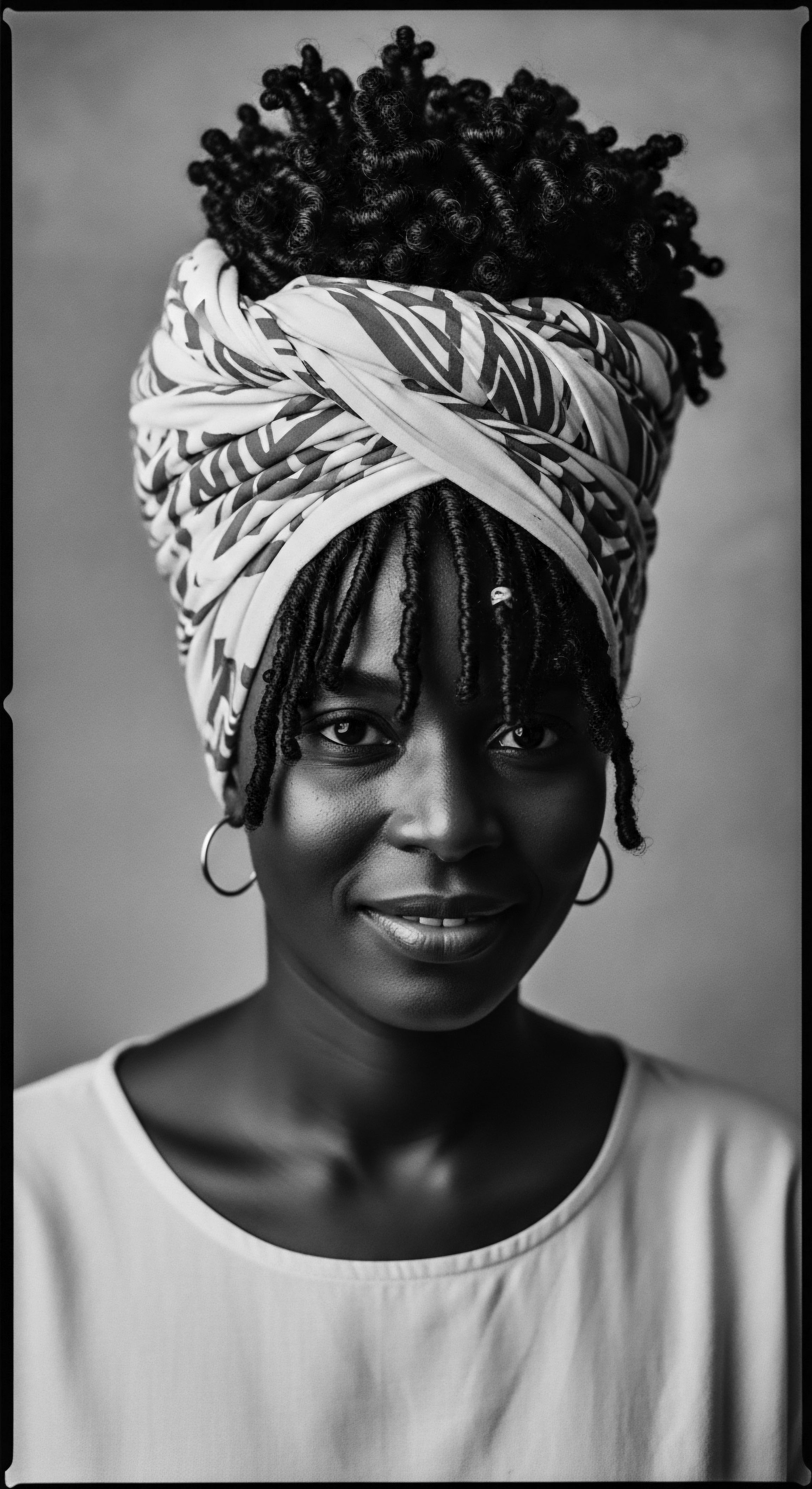
Textured Hair Classifications and Cultural Context
While contemporary hair typing systems (like Andre Walker’s numerical and letter system) attempt to categorize curl patterns, their origins are relatively recent and, some argue, can inadvertently perpetuate a hierarchy of hair textures. For our ancestors, hair classification was less about numbers and more about identity, about kinship, about belonging. The braids, twists, and locs were not merely styles; they were visual cues, a living language understood within communities. A particular plait might signal mourning, a specific adornment could mark a rite of passage, and the length of hair might correspond to social standing.
- Twist Styles ❉ Rooted in ancient African traditions, these methods preserve moisture and protect delicate ends.
- Braided Traditions ❉ From elaborate cornrows signifying social rank in West Africa to protective box braids worn during the transatlantic slave trade, braids convey strength and history.
- Loc Formations ❉ Revered by various spiritual groups, dreadlocks trace their lineage to ancient Egypt and India, symbolizing spiritual awakening and a natural connection.
The Act’s significance here lies in disrupting the long-standing, often Eurocentric, beauty standards that deemed many of these heritage-rich styles “unprofessional” or “unsuitable” for formal settings. By protecting the right to wear these styles, the Act directly challenges the subtle, yet pervasive, bias that has sought to erase or diminish the visual markers of Black and mixed-race identity. This legal recognition does more than prevent discrimination; it provides a profound cultural affirmation, allowing individuals to wear their heritage with dignity.
| Traditional Practice Scalp Oiling with Plant Extracts |
| Connection to Heritage Utilized indigenous plants like shea and castor, passed down through generations for hair growth and scalp health. |
| Modern Scientific Parallel Recognized for moisturizing, anti-inflammatory, and nutrient-delivery properties that support follicle health. |
| Traditional Practice Intricate Braiding for Protection |
| Connection to Heritage Styles like cornrows and Bantu knots, worn for centuries to protect hair from environmental damage and breakage. |
| Modern Scientific Parallel Reduces mechanical stress, minimizes manipulation, and allows for product absorption, promoting length retention. |
| Traditional Practice Clay Washes and Herbal Rinses |
| Connection to Heritage Natural clays and herbs (e.g. bentonite clay, hibiscus) used for cleansing without stripping natural oils. |
| Modern Scientific Parallel Gentle detoxifying agents and natural pH balancers, maintaining scalp microbiome health. |
| Traditional Practice These ancestral methods, once considered folk remedies, find validation in contemporary scientific understanding. |
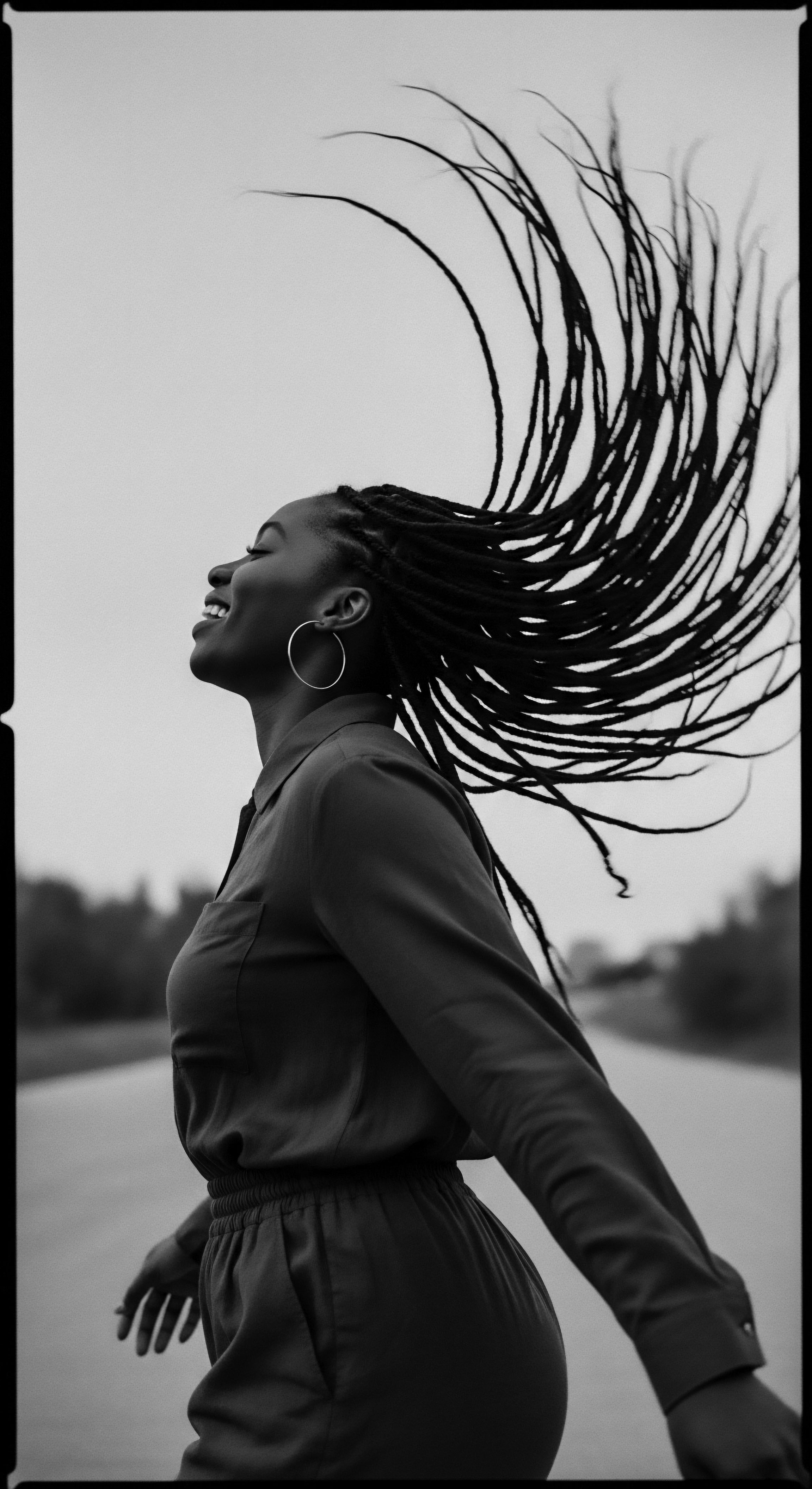
Ritual
The styling of textured hair is less a simple aesthetic choice and more a deeply ingrained ritual, a sacred practice steeped in cultural meaning and ancestral ingenuity. From the earliest days, these acts of grooming were communal, often taking place under communal trees, within family compounds, or as part of significant celebrations. The rhythmic pull of a comb, the intricate weaving of fingers, the shared laughter and stories—these moments transcended mere hair maintenance.
They were lessons in patience, resilience, and the enduring power of community. The Act’s legal shield for these very styling choices acknowledges this profound, almost spiritual, dimension of hair care within the Black and mixed-race experience.
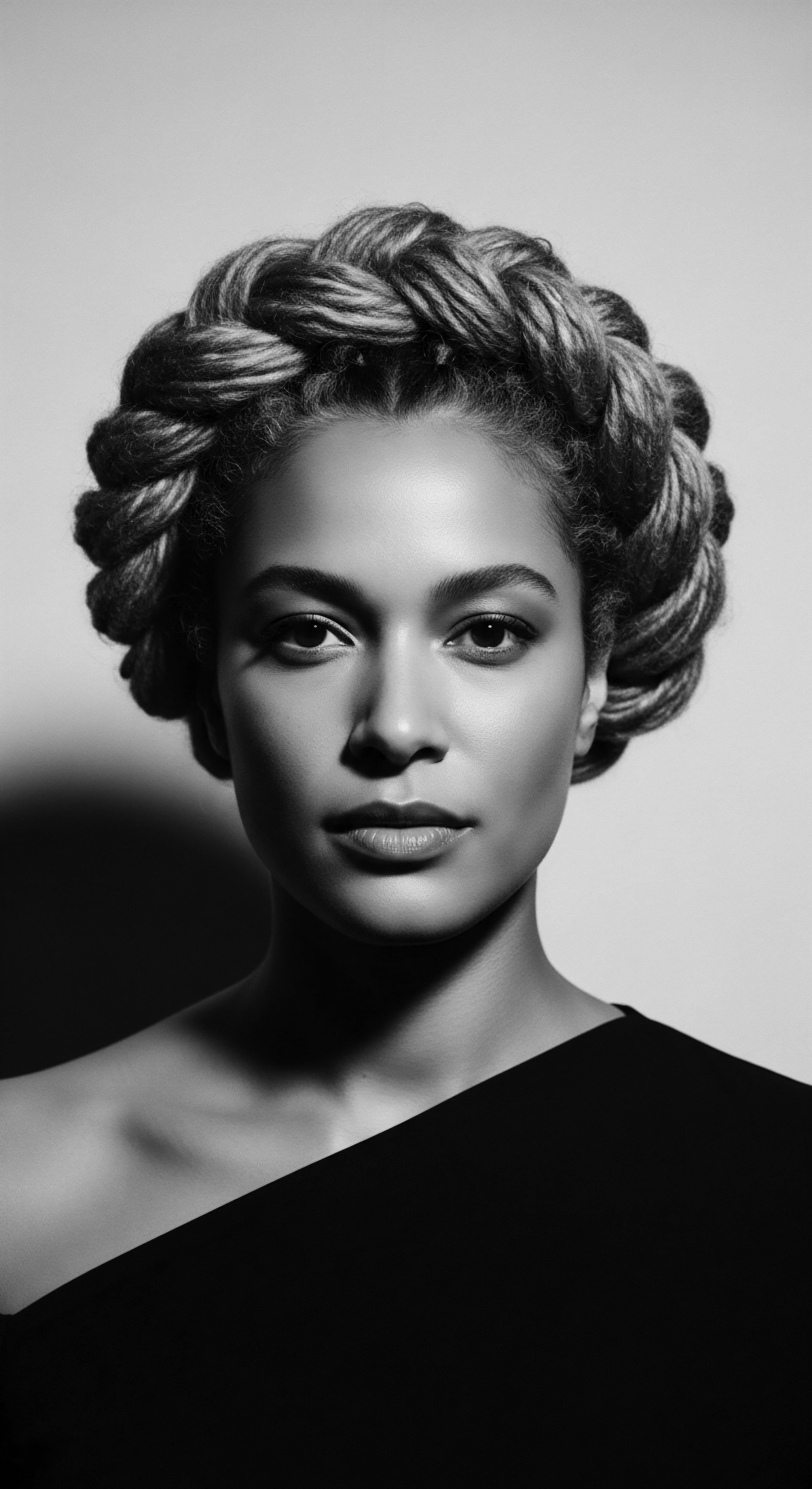
Protective Styling as Inherited Wisdom
Protective styling, a cornerstone of textured hair care, finds its true genesis in the necessity and wisdom of ancestral practices. Before the advent of modern products, African civilizations developed ingenious ways to shield their hair from harsh climates and maintain its vitality. These styles, such as cornrows, braids, and Bantu knots, were not just decorative; they were functional, designed to minimize manipulation, retain moisture, and protect the delicate hair shaft. They allowed individuals to carry on with daily life, work in fields, or journey across vast landscapes, all while preserving their hair’s health.
Consider the historical journey of protective styles. During the transatlantic slave trade, enslaved Africans ingeniously used cornrows to map escape routes or hide seeds for sustenance, making these styles not just cultural markers but vital tools for survival (Blay, 2017). This specific historical example powerfully illuminates how hair, and the styles it bore, became an active participant in the struggle for freedom and a symbol of resilience.
The memory of this ingenious use of hair, often passed down through whispered stories, contributes to the profound respect many hold for these styles today. When someone wears cornrows in a professional setting, they are not only expressing personal style; they are also quietly honoring a lineage of defiance and innovation.
Protective styles embody centuries of ancestral wisdom, serving as both adornment and a shield for survival.

Natural Styling and Ancestral Connection
The movement toward embracing natural texture is not a modern invention; it is a return, a powerful reconnection to ways of being that predate colonial beauty standards. For countless generations, hair was simply worn as it grew from the scalp—coiled, kinked, and crowned. The methods for enhancing definition, for caring for these natural patterns, were rooted in what the land provided. Oils pressed from nuts, butters rendered from plant seeds, and infusions from medicinal herbs formed the apothecary of ancestral hair care.
The very tools used carried significance. Wooden combs, hand-carved, were more than detangling implements; they were often symbols of status or ritual objects. The Act’s legal backing for natural styles recognizes that the choice to wear one’s hair in its inherent form is not merely a personal preference but an affirmation of ancestral identity, a reclaiming of a birthright that was systematically devalued. It allows for a visible, public declaration of self, firmly rooted in heritage .

Wigs and Adornment in Historical Context
Wigs and hair extensions, often perceived as contemporary trends, possess a rich and complex history within Black and mixed-race heritage . In ancient Egypt, wigs served practical purposes—shielding the scalp from the sun, signifying social status, or worn in religious ceremonies. They were meticulously crafted from human hair, plant fibers, or even wool, and adorned with gold and jewels. In various African societies, hair attachments were used to signify wealth, age, or to complement elaborate traditional regalia.
During periods of profound oppression, wigs and hairpieces also became tools of adaptation and survival, allowing individuals to navigate hostile environments by conforming to imposed beauty norms while subtly maintaining a connection to a preferred aesthetic. Today, the choice to wear wigs or extensions often reflects a desire for versatility, protection for one’s natural hair, or a creative outlet. The Act, in its broader scope, ensures that whether one chooses to wear their natural coils or a protective style enhanced with extensions, that choice is shielded from discrimination, allowing a continuation of these multifaceted historical practices of hair adornment and expression.
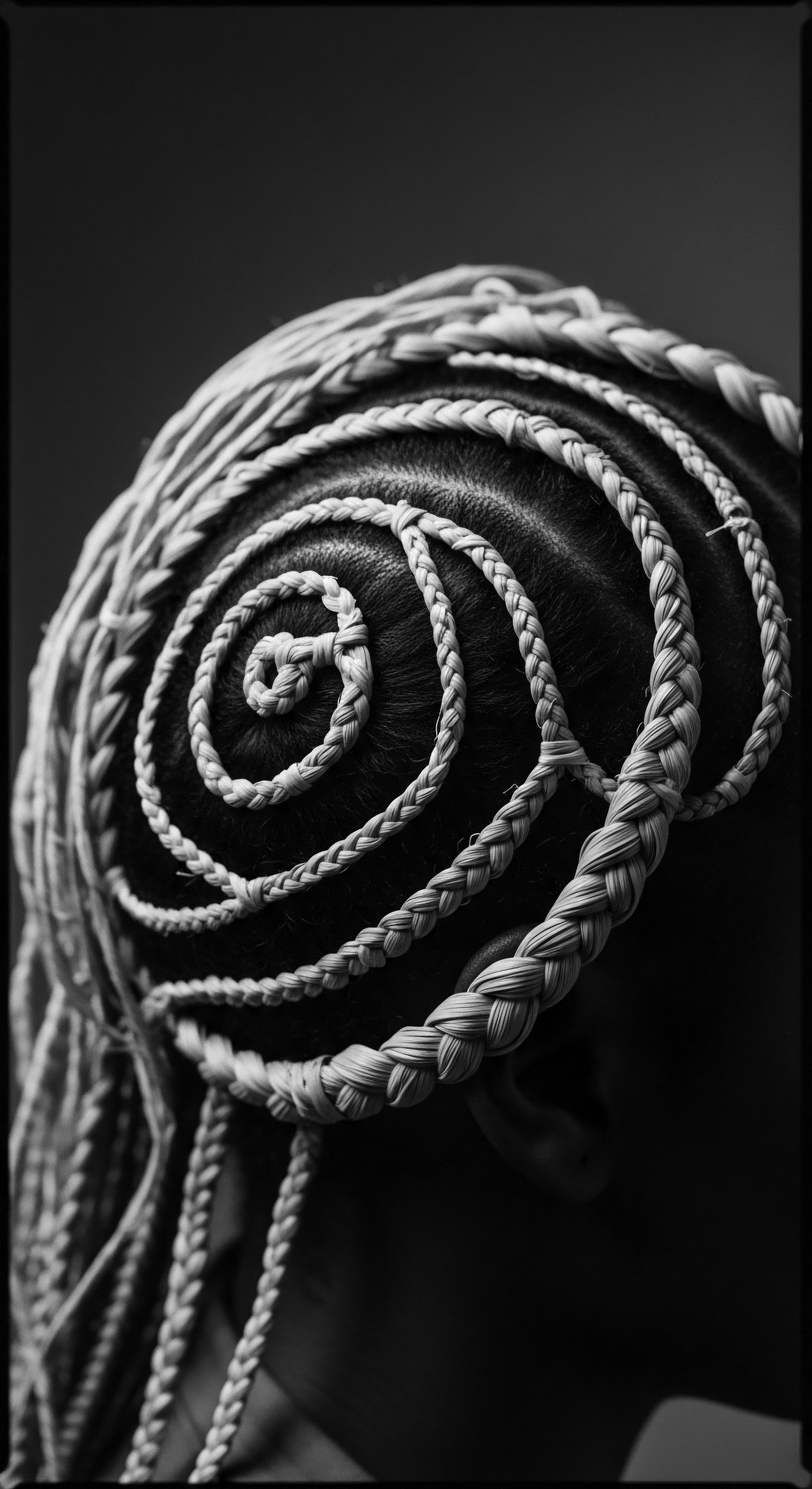
Relay
The journey of textured hair care, from ancient practices to modern regimens, represents a continuous relay race, a passing of knowledge and wisdom from one generation to the next. This unbroken chain of ancestral guidance shapes how individuals approach their hair, imbuing daily routines with a sense of purpose and a connection to a larger collective heritage . The Act arrives as a crucial moment in this relay, ensuring that the baton of self-expression and cultural connection is not dropped due to discriminatory hurdles, but instead carried forward with renewed strength and affirmation.
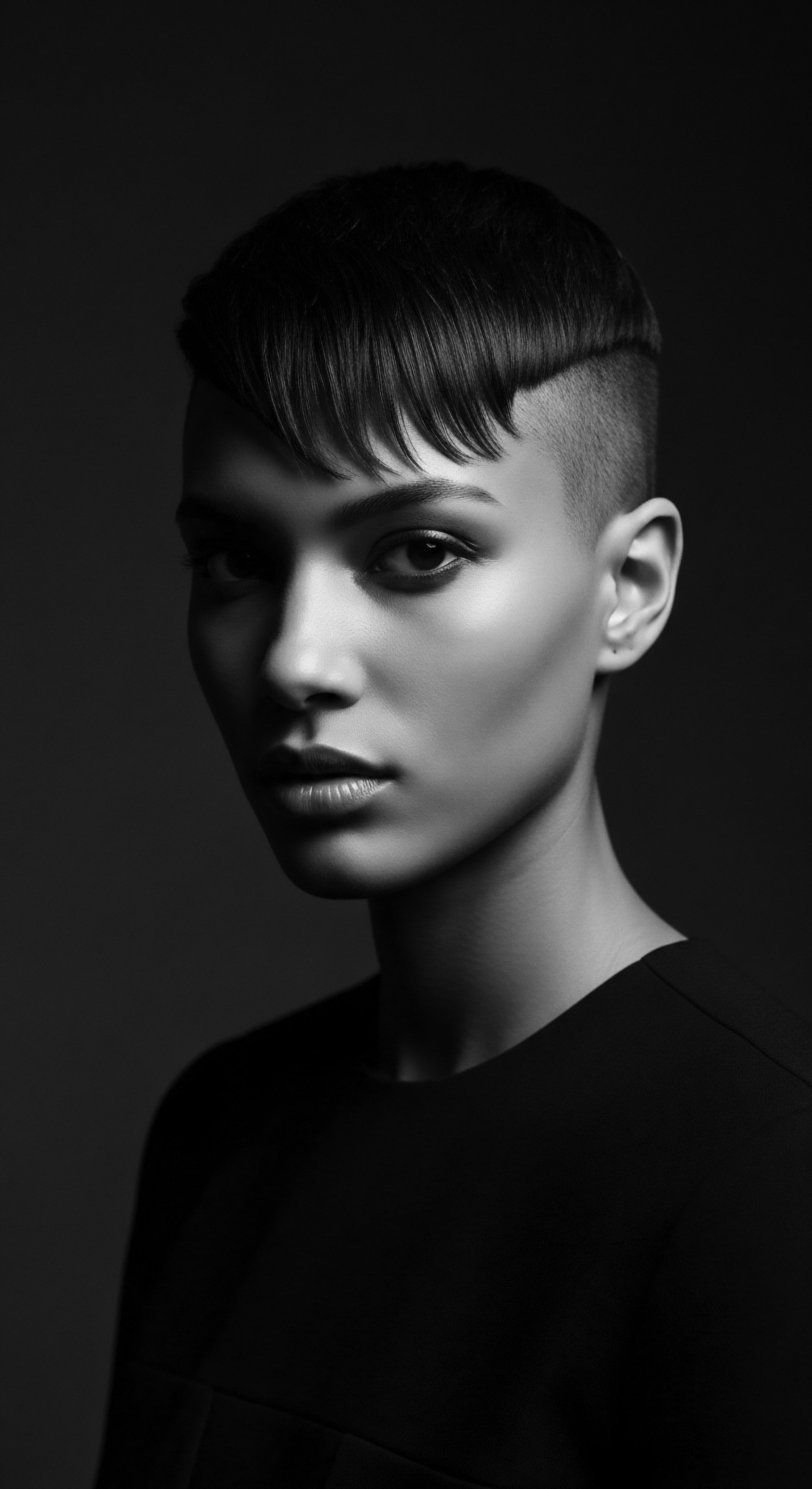
Building Regimens from Ancestral Wisdom
A personalized textured hair regimen is not simply a sequence of steps; it is a dialogue between the hair’s unique needs and a deep well of inherited knowledge. Ancestral communities understood the seasonal shifts, the properties of local plants, and the importance of consistent care. They developed practices that were holistic, considering the body’s internal health, the environment, and the hair’s external presentation. The principles of moisture retention, gentle cleansing, and scalp stimulation—fundamental to modern regimens—were meticulously practiced for centuries.
For example, the widespread use of shea butter across West African cultures, passed down through oral traditions, was not just about softening hair; it was about protecting it from the sun, sealing in moisture after ritual washes, and even serving as a barrier against insects. Modern science now validates shea butter’s high concentration of fatty acids and vitamins, confirming its benefits for hair and scalp health (Akihisa et al. 2010). The Act, by protecting styles that rely on such deeply rooted care, reinforces the value of this ancestral knowledge, allowing Black and mixed-race individuals to build regimens that are both scientifically sound and culturally resonant.
Hair care regimens, when informed by ancestral wisdom, represent a powerful fusion of historical practice and modern understanding.

The Nighttime Sanctuary and Bonnet Wisdom
The nighttime ritual, particularly the practice of protecting textured hair during sleep, carries immense historical weight. Before the widespread availability of commercial silk or satin bonnets, communities employed various methods—from intricately wrapped head coverings fashioned from natural fabrics to sleeping on soft animal skins—to preserve their intricate hairstyles and protect delicate strands. This foresight guarded against tangles, breakage, and the loss of precious moisture, ensuring hair remained vibrant and prepared for the new day.
The bonnet, often seen as a simple accessory today, is a direct descendant of these protective practices. It is a symbol of self-care, a quiet act of preserving one’s hair and, by extension, one’s heritage . The Act’s provisions indirectly affirm the importance of these seemingly small acts of care, recognizing that hair health and cultural expression are intertwined. The ability to wear one’s hair freely during the day means that the deliberate care taken at night carries even greater significance, transforming a private ritual into a publicly validated aspect of identity.
It is a powerful validation when legislative bodies step in to protect the right to wear one’s hair in its natural state, which includes all aspects of its care and presentation. This protection extends to the deep-seated cultural connections that these styles represent. The right to wear braids, locs, twists, and coils without fear of reprisal in educational or professional environments allows for a more complete and authentic expression of self. This directly correlates with a stronger cultural connection, as individuals are no longer compelled to suppress visible markers of their heritage to conform to dominant norms.
When schools and workplaces prohibit styles like locs or Bantu knots, they are, in essence, demanding a severance from ancestral practices and an erasure of identity. The CROWN Act directly challenges this, upholding the right to maintain continuity with cultural expressions.
- Historical Hair Tools ❉ Combs carved from bone or wood served not just for grooming but often as decorative or spiritual objects within African societies.
- Traditional Hair Cleansing ❉ African black soap, made from plantain skins and shea butter, represents centuries of natural, gentle hair and skin cleansing.
- Ceremonial Hair Adornments ❉ Beads, cowrie shells, and intricate thread work, often integrated into braided styles, communicated social status or tribal affiliation in ancient communities.

Holistic Influences on Hair Health and Cultural Well-Being
The wellness of textured hair extends beyond topical treatments; it is deeply interwoven with a holistic approach to being, an understanding passed down through generations. Ancestral wisdom often linked physical well-being to spiritual and communal harmony. A balanced diet of indigenous foods, stress reduction through communal practices, and a connection to the earth were understood to influence one’s entire being, including the vitality of one’s hair. This interconnectedness is a profound aspect of heritage .
For example, certain plant-based diets prevalent in parts of Africa, rich in specific vitamins and minerals, naturally supported healthy hair growth long before nutritional science articulated the role of biotin or iron. These traditional dietary practices, alongside specific herbal remedies for internal health, directly contributed to hair strength and luster. The Act indirectly supports this holistic view by validating the entire person, including their hair, and by extension, the cultural practices that contribute to their well-being.
When individuals feel validated and protected in their identity, including their hair, it reduces stress and promotes overall mental and emotional health—factors that science now confirms contribute significantly to hair vitality. The affirmation received through this legislation reverberates through the individual’s entire sense of self, fostering a deeper, more peaceful connection to their ancestral legacy.
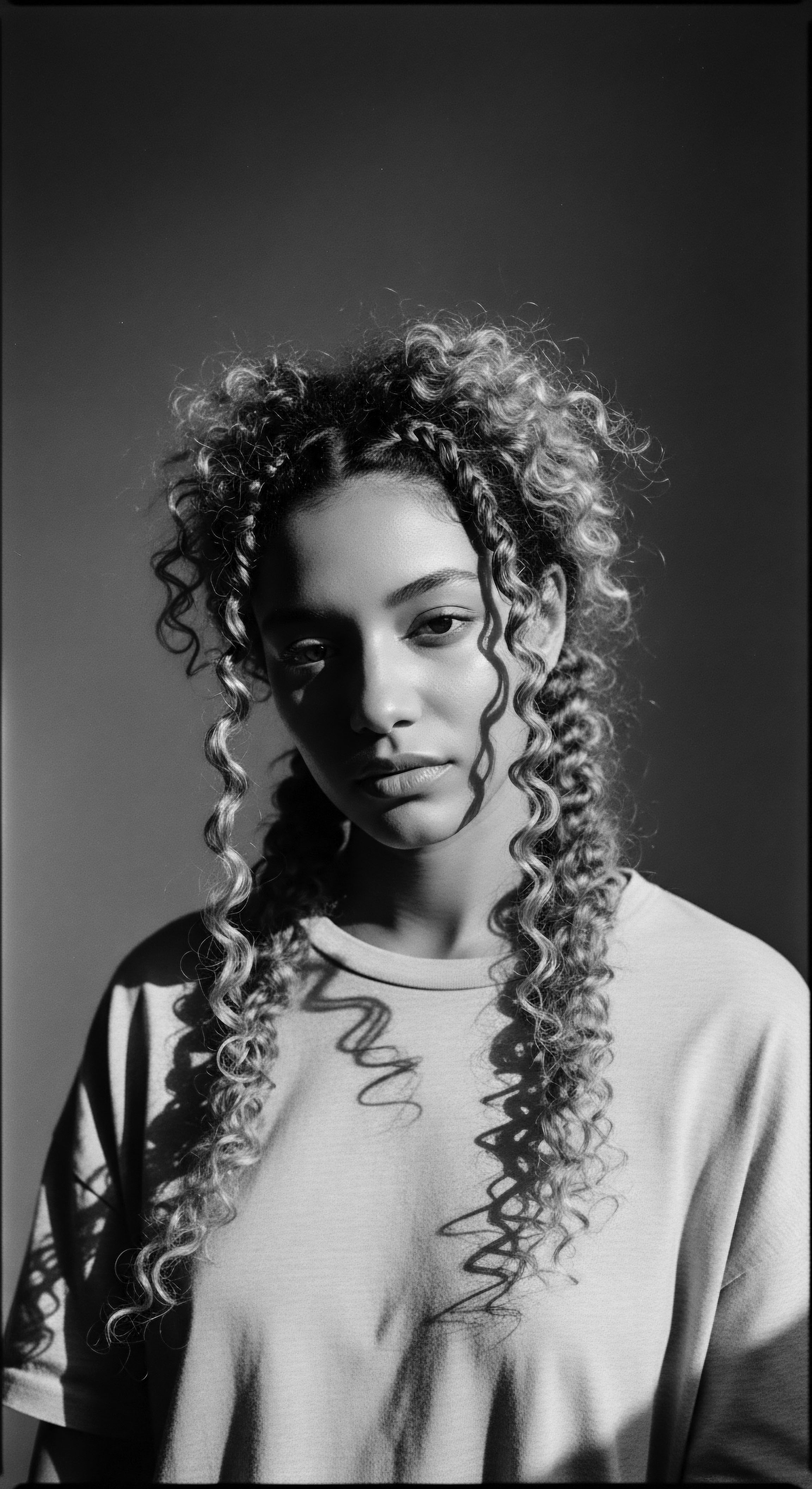
Reflection
The journey through the intricate world of textured hair, from its elemental biology to its profound cultural resonance, reveals a truth that is both simple and deeply complex ❉ hair is never just hair. For those whose ancestry traces through the coils and kinks of Africa and the diaspora, hair is a chronicle, a living testament to journeys, resilience, and an unbroken lineage of heritage . The CROWN Act steps into this narrative not as an endpoint, but as a crucial waypoint, a beacon affirming that the intrinsic beauty and cultural significance of textured hair are worthy of protection and celebration. It acknowledges that the act of wearing one’s hair in its natural, magnificent form, or in styles passed down through generations, is a declaration of self, a vibrant link to a rich ancestral past.
This legislative affirmation allows each strand to fully participate in the ongoing story of identity, free from the constraints of prejudice. It permits the ‘Soul of a Strand’ to truly breathe, unburdened, reflecting the luminous wisdom of those who came before and illuminating the path for those yet to come. The legacy continues, now with a stronger, more visible shield of protection.

References
- Akihisa, T. Kojima, N. Katoh, Y. & Fukumaru, Y. (2010). Triterpene Alcohols and Fatty Acid Alkyl Esters from Shea Butter and Their Anti-Inflammatory Effects. Journal of Oleo Science, 59(12), 659-667.
- Blay, Z. N. (2017). White Girls Dreadlocks ❉ The appropriation of black women’s hair. New York ❉ Pantheon Books.
- Byrd, A. D. & Tharps, L. L. (2014). Hair Story ❉ Untangling the Roots of Black Hair in America. New York ❉ St. Martin’s Griffin.
- Banks, C. (2010). Hair ❉ A Cultural History of Hair and Fashion. New York ❉ Berg.
- Mercer, K. (1994). Welcome to the Jungle ❉ New Positions in Cultural and Ethnic Studies. New York ❉ Routledge.
- Patton, T. O. (2006). Brave New Hair ❉ Black Women and the Politics of Hair Styling. New Brunswick, NJ ❉ Rutgers University Press.
- Sims, S. E. (2017). The Crown Act ❉ Protecting Hair as a Component of Racial Identity. Harvard Law Review, 131(8), 2419-2432.
- Tyson, B. (2018). Natural Hair and the Politics of Race ❉ The Politics of Hair. New York ❉ Palgrave Macmillan.
